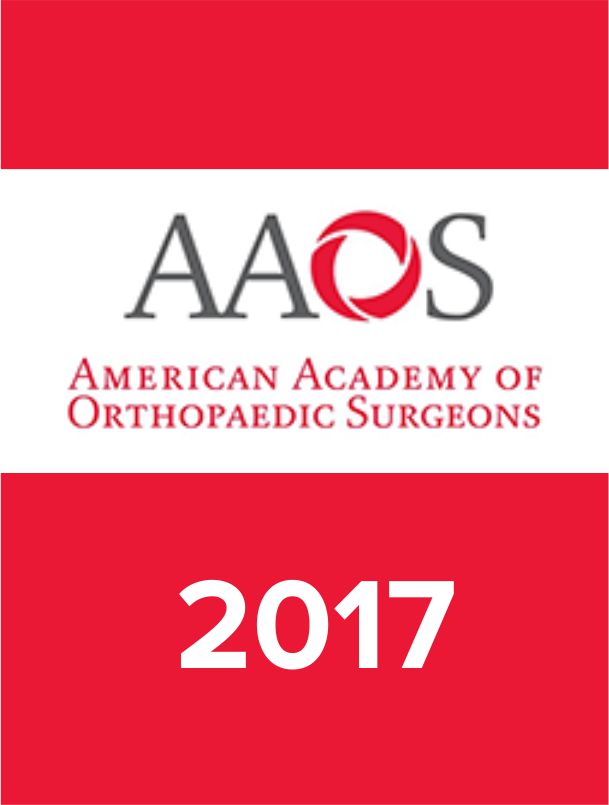
50 patients scheduled for simultaneous bilateral total knee arthroplasty were randomized to one knee administered an adductor canal block, and the other knee administered a femoral nerve block. Patients were assessed at 6, 12, 24, 48, and 72 hours postoperatively for pain, the straight leg raise test, motor grade, and range of motion, as well as at 1-week follow-up for isometric quadriceps strength. Results demonstrated no significant differences between groups in pain score. The ACB was associated with better results on the SLR for the first 48 hours after surgery compared to the FNB. At 1 week, no significant difference between groups was noted in isometric quadriceps strength.
Unlock the full article
Get unlimited access to OrthoEvidence with a free trial
Start TrialCritical appraisals of the latest, high-impact randomized controlled trials and systematic reviews in orthopaedics
Access to OrthoEvidence podcast content, including collaborations with the Journal of Bone and Joint Surgery, interviews with internationally recognized surgeons, and roundtable discussions on orthopaedic news and topics
Subscription to The Pulse, a twice-weekly evidence-based newsletter designed to help you make better clinical decisions
Exclusive access to original content articles, including in-house systematic reviews, and articles on health research methods and hot orthopaedic topics
Or continue reading this full article
Register Now

Subscribe to "The Pulse"
Evidence-Based Orthopaedics direct to your inbox.




































